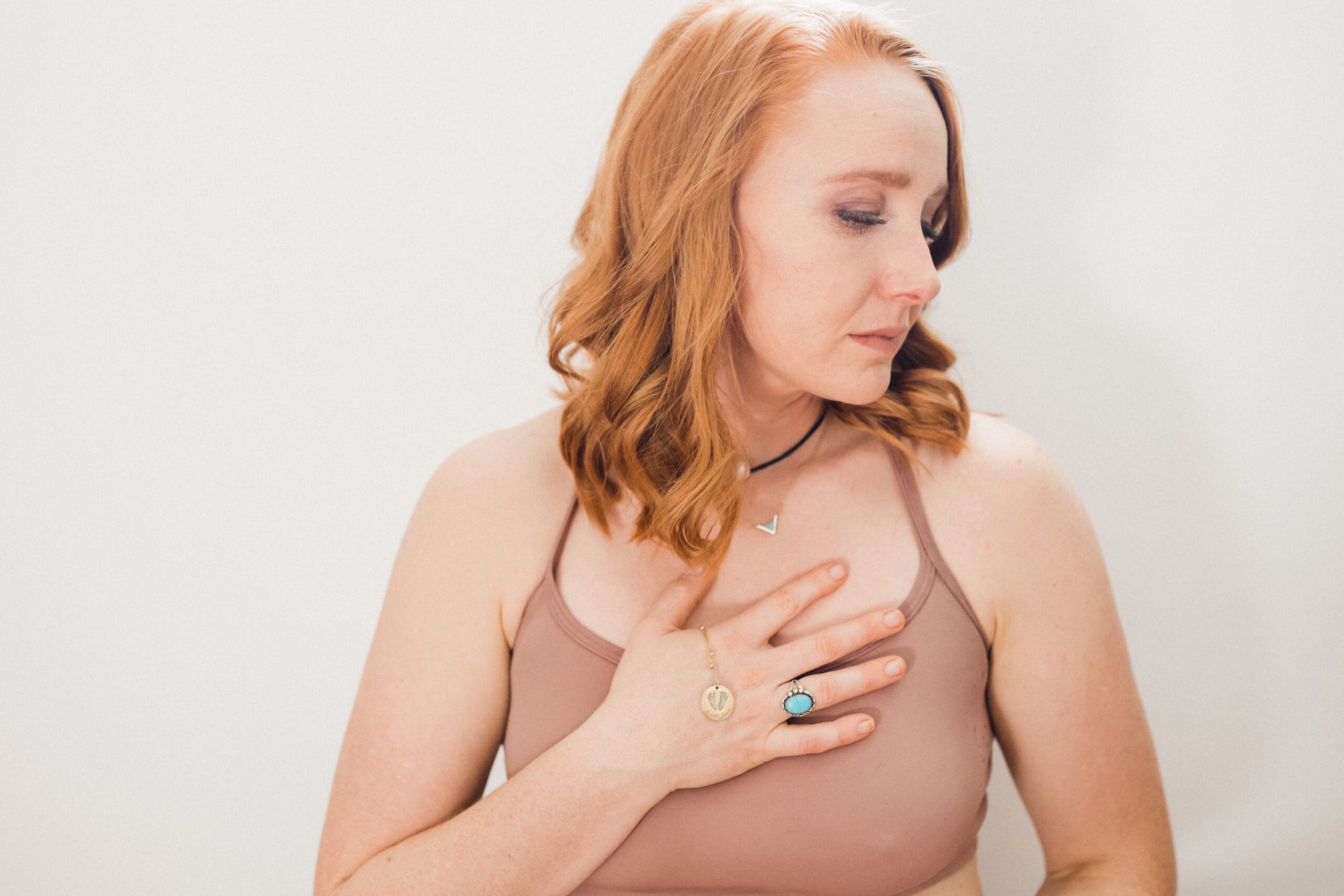Why Safety Can Feel Scary After Trauma (Simplified)
Episode 115: Spotify | Apple Podcasts | YouTube
View transcript on Buzzsprout
Amanda did something she hasn’t done before which was to essentially talk about the exact same things two weeks in a row, just through a different lens. After recording last week’s episode, while comprehensive and thorough, it seemed dense and a bit science filled. The goal with this epside was to take this very important conversation about establishing a felt sense of safety after trauma and make it a bit more accessible.
Because here’s the thing, for many sometimes regulation doesn’t feel good—it feels terrifying, at least at first. In this episode, Amanda again explains why safety can feel unsafe for trauma survivors and what to do when moments of calm or connection trigger even more dysregulation. She breaks it all down through the lens of the nervous system and offers simple, compassionate strategies to build comfort with regulation.
What We Cover in This Episode
- The safety/danger equation and why trauma rewires it
- Why calm can trigger protective parts instead of soothing them
- How to build familiarity with safety using micro-moments
- Five tools to help you feel safer with regulation
When Calm Feels Threatening
Many trauma survivors experience an unexpected shift in their healing journey: they finally feel a little better… and then their nervous system panics. Amanda calls this the “calm = danger” glitch—and it’s more common than you think.
If your body learned that feeling relaxed meant letting your guard down—and that being unguarded led to harm—then safety might register as a threat. Your system isn’t broken. It’s protecting you.
Understanding the Safety/Danger Equation
Your nervous system constantly weighs cues of safety and danger. Regulation happens when safety cues outweigh danger cues. But trauma can reverse this math, making calm unfamiliar, and therefore threatening.
If you weren’t safe when you were calm in the past, your body won’t trust calm now.
This is why so many people feel worse after they finally feel better. The moment of calm is immediately followed by anxiety or shutdown. Amanda helps listeners unpack what cues shifted—and what protective beliefs may have been activated.
Rebuilding Trust With Regulation
To gently rewire your nervous system’s relationship with safety, Amanda shares five practical strategies:
- Name what’s happening.
Calm can feel unfamiliar. Narrating this helps neutralize the fear: “My body thinks I’m unprotected.” - Anchor to the present.
Use sensory tools or orienting exercises to remind your nervous system you’re here, now, and safe. - Let regulation be small.
10 seconds is enough. Repetition and frequency matter more than duration. - Practice both/and.
“I can be both regulated and alert.” This mindset helps blend protection with connection. - Work with your protective parts.
Use internal dialogue to thank and reassure the parts of you that are still scanning for danger.
Inside Restore, clients use these exact strategies to shift out of survival mode and build familiarity with regulation—at a pace their nervous system can handle.
Building Familiarity With Safety
Amanda revisits the concept of safety anchors: people, places, memories, or rituals that reliably help your system feel a little safer.
These “islands of safety” don’t need to be big or dramatic. A soft blanket, a favorite song, a familiar ritual—these small anchors teach your nervous system that calm doesn’t always mean danger.
Your nervous system will choose familiar dysfunction over unfamiliar safety. Until safety becomes familiar.
Three Tangible Takeaways
- Feeling unsafe when you’re safe is normal. It’s a trauma response, not a failure. Calm might feel threatening because your system is doing its job: protecting you.
- Safety cues must outweigh danger cues. Start identifying what helps you feel slightly safer—and what danger cues still linger, even in calm moments.
- Use micro-moments to rewire. You don’t need hours of peace. Build regulation through repetition: small, safe experiences, often.
Looking for more personalized support?
- Book a FREE discovery call for RESTORE, our 1:1 anxiety & depression coaching program (HSA/FSA eligible & includes comprehensive bloodwork)
- Join me inside the Regulated Living Membership, a mental health membership and nervous system healing space (sliding scale pricing available)
- Join my Release Class – Monthly guided nervous system regulation class
- Order my book, Healing Through the Vagus Nerve today!
*Want me to talk about something specific on the podcast? Let me know HERE.
Disclaimer: This article is for informational purposes only and is not a substitute for professional medical advice, diagnosis, or treatment. Always seek the advice of your physician or qualified mental health provider with any questions you may have regarding a medical condition.

Leave a Reply Cancel reply
A mental health newsletter that feels like a deep breath: simple, grounding, and here to remind you that healing is possible.
The Weekly Rewire
Navigate
Regulated Living provides neuroscience-backed mental health coaching to help you regulate your nervous system and reclaim your life from anxiety and depression.
Heal
Learn
Paragraph